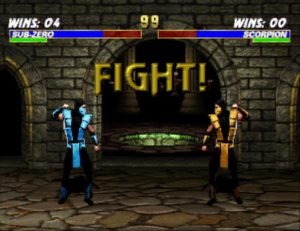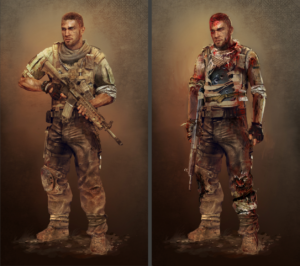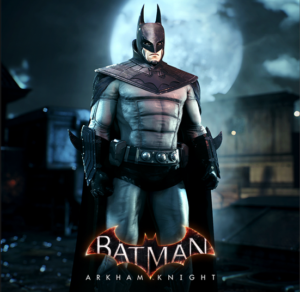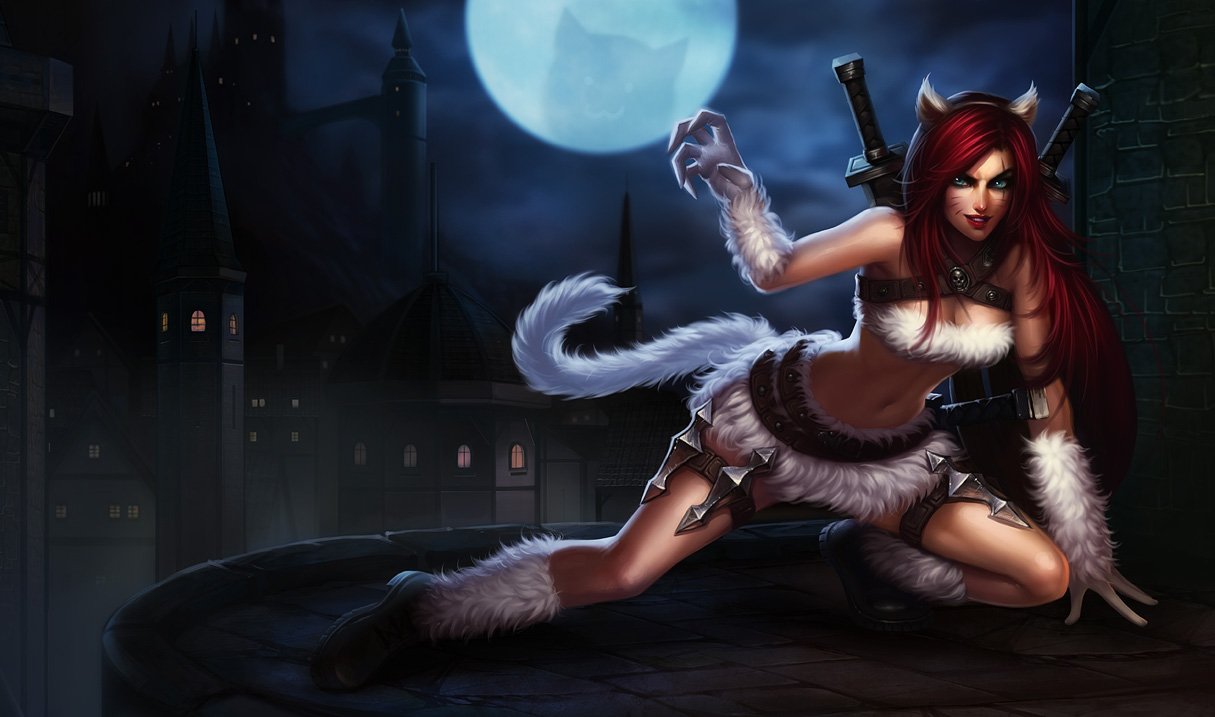Call me a simple man, but I enjoy pretty things. Especially when the pretty things are scantily clad and are demonstrating their favorite WWE moves. But usually there’s a place for that sort of thing. For the above scenario, it’s usually a beach locale or your mother’s bedroom. But what happens when it leaks past your mother’s bedroom into, say, the video game you’re playing right now? For video games, these pretty  things have become costume and skin packs. Before the days of CD gaming, when cartridges and floppy disks were the dominant forms of data storage, costume variants for characters were very rare. Many games would use pre-existing models and change their colors to create a new character, like Scorpion and Sub-Zero. Now a game will announce a skin for a character before they even announce the character, or even the game. And one character will have entire libraries of skins to choose.
things have become costume and skin packs. Before the days of CD gaming, when cartridges and floppy disks were the dominant forms of data storage, costume variants for characters were very rare. Many games would use pre-existing models and change their colors to create a new character, like Scorpion and Sub-Zero. Now a game will announce a skin for a character before they even announce the character, or even the game. And one character will have entire libraries of skins to choose.
Is that really a good thing, though? I mean, we’ve seen plenty of examples of companies that have blatantly taken advantage of consumers for these costume packs. Team Ninja sold it’s costume packs for Dead or Alive 5: Last Round for almost double what the game cost. But some companies do use it as their only source of revenue, like the majority of MOBA’s. Meanwhile on the side of free things, Arkham Knight plans to just have all of the costumes unlocked at the start of the game. Prior to this, Akrham Origin’s costumes had to be unlocked by completing certain challenges. or by paying for them.
I find that this tends to be a problem in games where the main protagonist is of some actual importance. Often times, video games will use the look of the player’s character as part of an ongoing theme or symbolic arc. Captain Walker from Spec Ops: The Line has Captain Walker goes through the game from looking like a respectable Special Forces operative to looking as if he was  dragged through the pits of hell. His “costume change” displays his inability to hold together the world around him, becoming more blood-stained with both the blood of friend and foe, innocent and guilty. His posture changes from ready and prepared to weary yet groveling for more revenge on the enemies he believes he is facing. The tattering of his Special Forces clothes are a reminder of how he’s tearing away from his past self. If they gave me a costume pack that turns him into a clown or Vladmir Putin, it would take away a piece of the game. A part of the symbolism that is bleeding through all of the game is now sewn up tighter than a sumo wrestler on a subway.
dragged through the pits of hell. His “costume change” displays his inability to hold together the world around him, becoming more blood-stained with both the blood of friend and foe, innocent and guilty. His posture changes from ready and prepared to weary yet groveling for more revenge on the enemies he believes he is facing. The tattering of his Special Forces clothes are a reminder of how he’s tearing away from his past self. If they gave me a costume pack that turns him into a clown or Vladmir Putin, it would take away a piece of the game. A part of the symbolism that is bleeding through all of the game is now sewn up tighter than a sumo wrestler on a subway.
Games where the player characters aren’t so important to the game, then, would be games where character costumes aren’t too bad. I could care less whether Liu Kang is dressed as a Brazilian street fighter or is in a Princess Peach dress, even if I dream about him in those white frills and high heels laid out on a snooker table. All I know is that he has a Lotus Kick and that my favorite finisher is Dragon’s Den. Costume packs do nothing more than change the aesthetics of a character. Which is why it’s so appalling to see how costume packs are priced. Even fan-made mods that skin over content provide more depth than paid DLC costumes. Look at the Armada 3 mod for Sins of a Solar Empire: Rebellion. It not only skins over the original game with Star Trek ships, but also adds in a new UI, and even adds new abilities and Star Trek voice-overs. All for free.
Which is why I’m perplexed when a full-priced game sells costume packs at the price that most other DLC’s are offering full levels, new characters, new multiplayer options, and sometimes whole mini-campaigns. When $15 USD can get a few new maps, new game modes, and some different weapons, it’s pretty offensive that a games studio could think to charge even $5 USD for a costume change that does nothing to alter or add to gameplay.
Although in this respect, it makes sense to make costumes for free-to-play games. League of Legends, Infinite Crisis, and most other MOBA titles make costumes for their characters. The appeal to this is that you, as the consumer, haven’t payed into the game at all, so buying a costume is essentially just supporting the developers. And since the costumes don’t change any sort of game mechanic, the costumes still leave a level playing field for others that haven’t payed for them. This helps push away the “pay to win” mentality that has permeated the gaming industry lately.
So while I might agree with Arkham Knight’s approach  from a monetary standpoint of the costumes being free, I don’t understand why a developer would want to give them out willy-nilly. Or even create them. They can easily use the player character as a point to augment the plot rather than just use him as a set of pixels that interacts with the environment. Setting up extra costumes almost sounds like the developers have poorly fleshed out a character. By saying that a character can just change into a myriad of costumes, the developers are stating that essentially anyone can play the role of the protagonist. Even the characters of Thomas Was Alone had better characterization than most modern game protagonists. And they were just blocks.
from a monetary standpoint of the costumes being free, I don’t understand why a developer would want to give them out willy-nilly. Or even create them. They can easily use the player character as a point to augment the plot rather than just use him as a set of pixels that interacts with the environment. Setting up extra costumes almost sounds like the developers have poorly fleshed out a character. By saying that a character can just change into a myriad of costumes, the developers are stating that essentially anyone can play the role of the protagonist. Even the characters of Thomas Was Alone had better characterization than most modern game protagonists. And they were just blocks.


